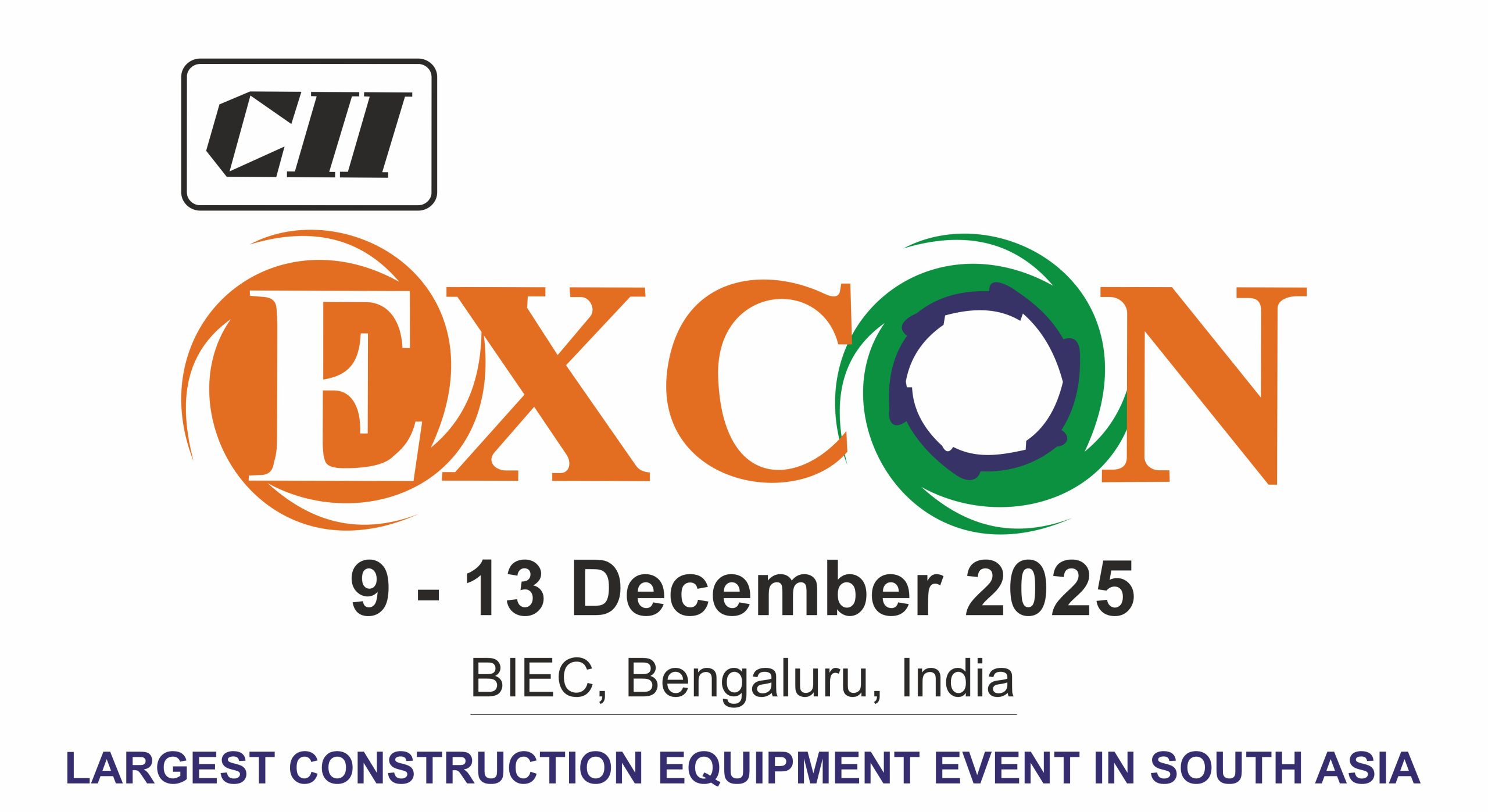India’s highways are racing toward a greener, faster future under Union minister Nitin Gadkari. Since he took charge in 2014, the national-highway network has swollen 60 per cent to 1.46 lakh km, vaulting India to the world’s second-largest road grid and doubling four-lane capacity in just a decade.Gadkari now wants the network to do more than move traffic: he wants it to slash logistics costs, clean the air and supercharge growth by the centenary of Independence in 2047.
The ministry’s next sprint is a ₹10-lakh-crore upgrade that will convert 25,000-30,000 km of two-lane highways into safer, faster four-lanes, knit new economic corridors and embed multimodal hubs that plug into the ₹1.2-trillion PM Gati Shakti master plan.
Clean mobility is baked in: every new highway will include EV fast-chargers, battery-swap stations and bio-fuel outlets, while ropeways and cable-cars will replace diesel hill transport. Gadkari’s vision is simple but sweeping—roads that halve travel time, shrink logistics costs to single digits of GDP and run on ethanol, green hydrogen and electricity—paving the way for a carbon-light, $7-trillion economy by 2047.
Highways to 2047: Gadkari’s blueprint for faster travel and cleaner air
Date:










